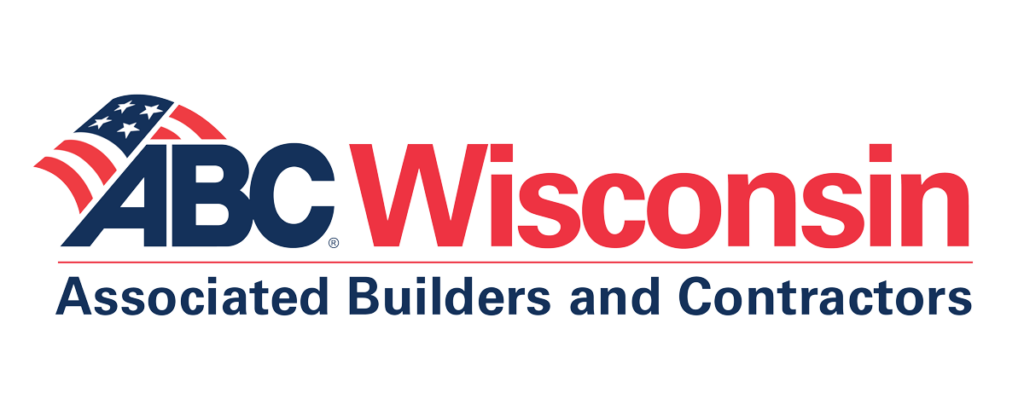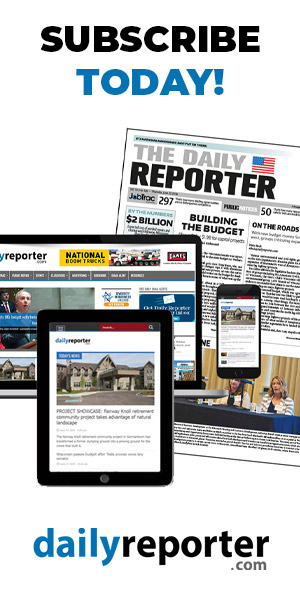By Patrick Donovan, Northcentral Construction
Each year around this time we all get excited about Christmas, ice fishing, snowmobiling, skiing, and much more. What often goes unnoticed is all the new hazards this season brings. As people, workers and managers, we need to think and act differently in the months ahead.
The winter season brings many new hazards and challenges. In Wisconsin alone, extreme cold results in more than 50 deaths and 50 injuries each year. Nationwide driving on winter roads accounts for over 1,300 people killed and more that 116,800 people injured annually. In the US deaths rates are 8-12% higher in winter months.
At work more than 40,000 people are injured from ice, sleet and snow each year. Outside of work winter sports accounted for nearly 200,000 injuries. Any injured team member affects the entire team as they heal. It is imperative that as safety professionals, employers and workers we recognize these threats and take action to prevent injury and death.
We all recognize the common threats like frostbite and hypothermia. Less known is Chilblains which result from repeatedly exposing your skin to low temperatures including above freezing. This can cause small blood vessels to become inflamed and even permanently damaged. What can go unaccounted for is the many other hazards and activities that expose us to risk. Activities including snow removal, winter driving, falling ice, slippery conditions, trench foot, carbon monoxide poisoning and more all have an impact.
The falling temperatures require a different approach than the more temperate months. We must be vigilant of weather forecasts and educate our teams on the signs and symptoms of cold injuries. Educate our teams on the effects of wind chill on the human body. We need to monitor workers and allow for more frequent breaks and warming areas as necessary.
One uncommon safety step is to watch our intake of caffeinated beverages. Caffeinated beverages can increase a worker’s heart rate making them feel falsely warm. In addition, it is vital to maintain a high level of water consumption and sports drinks to replace electrolytes. Just because it is not hot outside does not change that our bodies need that hydration.
To start with, encourage the wearing of at least 3 layers of loose-fitting clothing and properly insulated footwear with good traction. Teach workers about health conditions that are affected by cold and increase the risks that the cold weather brings.
Make sure our work areas are kept free of slippery conditions. Leaders need to check work areas first thing before work begins each morning checking for ice, snow, sleet and even dew that is frozen causing slip hazards. Leaders and workers need to continually monitor conditions throughout the day as things can change rapidly. Ensure entrances and high traffic areas are treated with sand or other methods to control slipping. Teach employees to take smaller steps and walk slower on snow covered or slippery ground.
Vehicles should be checked to make sure they are in good working order and have proper safety equipment including flares, jumper cables, ice scrapers, first aid kits and more. Make sure heaters and defrosters are all in good working order. Educate our drivers about driving on winter roads including slower speeds and increased following distances.
On warm days site conditions can be a big issue. Make sure that your sites are as free from ruts and mounds as possible because once refrozen they increase the hazard should a worker slip on site.
Monitor work areas for carbon monoxide (CO) levels. Each year an average of 430 deaths are caused by unintentional non -fire related carbon monoxide poisoning. Good commercial Carbon Monoxide Monitors are needed and should provide a readable CO level and not just an alarm over a certain level. If workers need to be in areas where gas power equipment will be used provide maximum ventilation and have each employee wear a warning device to signal if their short-term exposure is high and track their long-term time weighted exposure.
We all need to be aware of increased fire hazards associated with heating equipment. Understand the electrical hazards related to snowy wet conditions and temporary power needs. Don’t forget outside Christmas directions when at home. Remember that water conducts electricity so if there is downed power lines or sign of an electrical emergency maintain a clear perimeter.
It is not realistic to address every hazard in this article. Just remember to take winter safety steps including:
- Educating ourselves and our employees on the risks.
- Training everyone in the best practices for prevention and action steps.
- Checking our work areas frequently and addressing hazards.
- Monitoring each other’s condition and acting if needed.
- Ensuring everyone hydrates frequently.
- Providing for breaks and warming areas.
- And much more.
Remember that it is everyone’s job to take steps to prevent avoidable injuries related to winter weather. Remind ourselves, and each other, that these hazards do not stop once we leave work. Let’s all have a happy, productive and above all safe winter.











